No, the sky is not falling — Apple will be fine. But as the company's cash cow comes off of its first-ever declining sales, the multi-billion-dollar question for the iPhone is: What can (or should) Apple do to return the iconic product to growth?
The iPhone at 9
Priced at $499 for 4 gigabytes of storage or $599 for 8 gigabytes, the first-generation iPhone launched in the U.S. on June 29, 2007. In a unique move, the handset wasn't made available until 6 p.m. that day, forcing consumers to wait until the evening for the heavily hyped device.
While the iPhone would go on to reinvent and shake up multiple markets — Â including smartphones, media players and PCs — back in 2007, its success did not seem so inevitable. In fact, just a few short months after the iPhone went on sale, Apple was compelled to slash the price of the 8-gigabyte model to $399 in a rather unprecedented move. The paltry 4-gigabyte model was also cut from Apple's lineup.
Early adopters who paid a premium for the iPhone at launch were provided with a $100 Apple Store credit toward future purchases. Still, the 33 percent price cut led to lawsuits alleging "price discrimination."
In all, the first-generation iPhone reached 6.1 million units sold before the product was discontinued. These days, Apple sells that many iPhones in just a few weeks.
Things wouldn't begin to truly take off for Apple's premium handset until the launch of the second-generation iPhone 3G, in 2008, as well as the debut of the App Store with what was then known as iPhone OS 2.0.
In hindsight, the early struggles of the iPhone were a minor blip on the radar in Apple's road to huge profits. Today, the iPhone accounts for about two-thirds of the company's revenue.
Adapting to change
While the first iPhone wasn't exactly a blockbuster success, it was Apple's willingness to adapt to consumer demands — Â and quickly — that paved the way for the company's eventual, astronomical success.
The $200 price cut just a few months after the June 29 launch was a first step, admitting that the $600 cost with two-year AT&T contract was a price most consumers were not willing to cough up.
Apple also famously refused to allow native apps on the first-generation iPhone, suggesting that developers instead build web apps that could be accessed through the Safari browser. That was another area where Apple would quickly change course, opening the App Store in the summer of 2008 and truly changing the trajectory for the iPhone.
After that, the iPhone became a rocket, with sales on an upward trajectory the likes of which the technology market had never seen. It was an astounding run, lasting nearly nine full years.
2016: Apple's iPhone stops growing (for now)
For Apple, all good things must come to an end.
Make no mistake, the iPhone is still a very good thing for the company, driving the majority of its profits. Apple's continued success depends largely upon the iPhone.
But the handset saw its first-ever year-over-year decline in sales in the March quarter of this year. Sales were still a massive 51.2 million units, but that was a significant decline from the 61 million iPhones Apple sold in the same period in 2015.
The reasons for the drop are numerous: a maturing smartphone market, slowing consumer upgrade patterns, and a tough comparison from the iPhone 6 product cycle.
Still, market watchers are wondering what Apple will do to return the iPhone to growth. Or, perhaps the more pertinent question is, is there actually anything Apple can do?
"iPhone 7" disappointment is already baked in
What's in a form factor?
If the numerous leaks to date are to be believed, Apple's 2016 iPhone upgrade won't feature any major external changes. In short, the "iPhone 7" is expected to look like a thinner version of the iPhone 6s, which itself was nearly identical externally to the iPhone 6.
Does consumer interest only grow if Apple shakes up the design of the iPhone? Some pessimists believe yes, which is why the apparent preordained disappointment of the "iPhone 7" has already been telegraphed by the media, and is reflected in the company's stock price.
Some are already looking to 2017 — the 10th anniversary of the iPhone — for Apple's next big thing. It's rumored that at 10 years old, the iPhone will get a major external redesign, with an all-glass body encasing a curved OLED display that will embed the Touch ID fingerprint sensor, FaceTime camera and speaker within the screen.
Writing off Apple's 2016 upgrade so quickly, however, would be foolish.
While it appears likely that the "iPhone 7" will look very similar to the iPhone 6s, we simply don't know what kinds of other changes Apple has in store, internally and otherwise. It's possible that the secretive company has a major surprise up its sleeve — something that will make this year's upgrade a must-have for consumers, and returning the product lineup to growth.
Perhaps it's an overhauled camera system. Maybe Apple will follow the groundwork laid by the iPhone SE and introduce more aggressive pricing. Perhaps the company has kept the lid on some new, groundbreaking feature that we haven't envisioned yet. Maybe all three.
The truth is, we won't know until this fall — Â likely in September — when Apple finally reveals its cards. Will it be enough to see sales grow once again?
Dismissing the company that has largely defined the smartphone space for the last 9 years would be foolish. Because in the fast-moving, ever-evolving world of personal technology, you don't make it to 9 without doing a lot of things right.
 Neil Hughes
Neil Hughes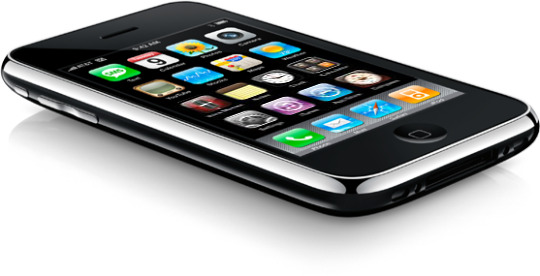
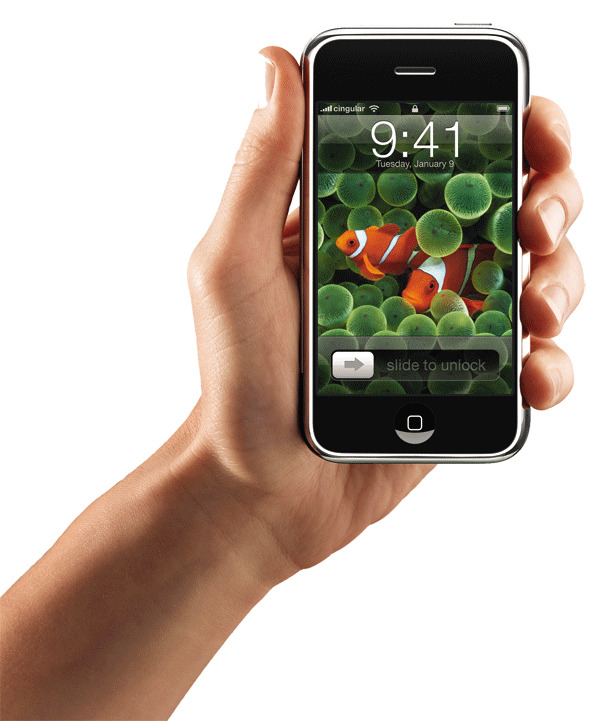
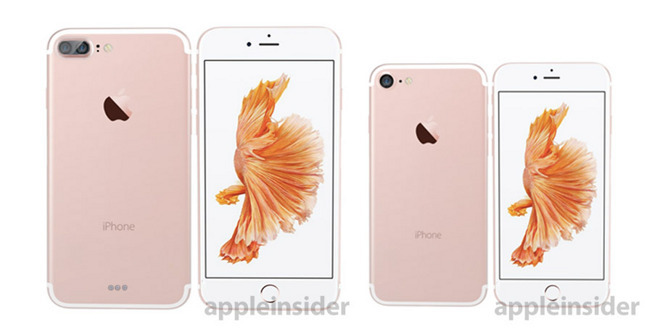







-m.jpg)






 Christine McKee
Christine McKee
 Malcolm Owen
Malcolm Owen

 William Gallagher
William Gallagher


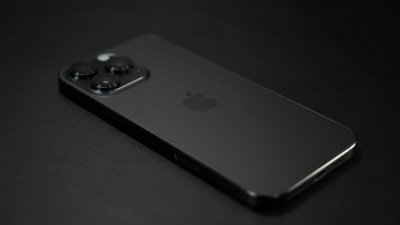
 Wesley Hilliard
Wesley Hilliard
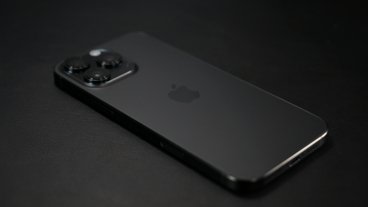


-m.jpg)




41 Comments
Apple needs to be less conservative. We see patents from them that are far reaching, but rarely seem to make it to market. Some of that needs to see the light of day.
Doomed, I tell you.
Everything to do with Apple is doomed these days. The iPhone itself will be just fine.
If Apple were to change anything about their business it should be make their accessories more accessible, re more affordable outside the US. And provide a larger free tier for iCloud storage. I personally think Apple should move to a pro model re iCloud storage. A pro model puts the pro iCloud tiers as the only paid-for options.
Free: 100 GB (excludes Mac backup)
Pro: $4.99 per month for 1TB (includes iCloud Time Machine)
Pro plus: $9.99 per month 5TB (backup all your devices)
Lest we forget, iCloud backup if it's good provides customer lock-in for Apple. They call this a win-win. It's in their own interests to provide value and features here at the right price. 100 GB just about allows all users to back up their iPhones and most users won't use the amount so in reality it's not 100 GB per customer.
Apple needs to enter a new category, as it did with the iPhone.
I don't want Apple to become the "The iPhone Company".
Maybe it will be the AppleCar, some holographic Device, some Virtual Reality device etc. ... who knows?
What should Apple do to return the iconic product to growth you say? Walt Mossberg gave a good overview in his article last March, post the iPhone SE launch.
- Battery life (even if it means no further decrease in device thinness) & charging speed
- Bezels! Banish or seriously shrink this waste of space
- Optical, or at least optical quality zoom
- Water resistance & screen sturdiness
- Increase storage (no more 16GB base)
- Up the iOS game & improve native apps (eg Mail)